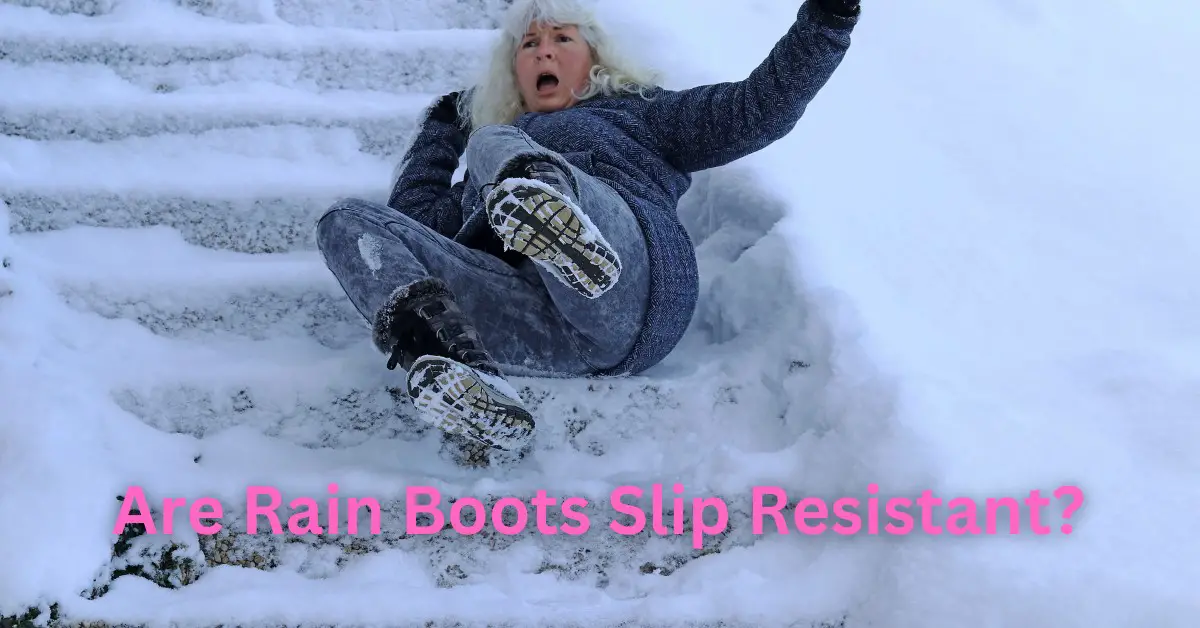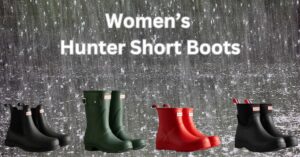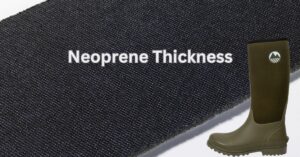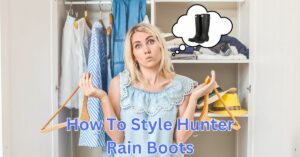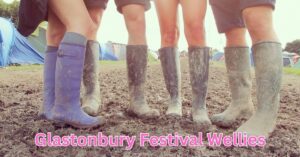Are Rain Boots Slip Resistant
Unfortunately, this isn’t a simple ‘Yes’ or ‘No’ answer. Features such as the tread pattern and material used for the sole and the overall design of the boots will define the slip resistance of the footwear on a particular surface and conditions.
Some rubber materials offer better grip than others; some rubber outsoles feature multi-directional lugs which provide extra grip in all directions. Additionally, some styles come with additional features such as spikes or special cleats on the sole that give you even more stability on slippery terrain, such as ice.
It is important to choose the right kind of boot for the surface and conditions that they are to be used with.
Is slip-resistant the same as non-slip?
No, slip-resistant does not mean the same thing as non-slip. Non-slip in theory means that there will be no slipping at all. Shoes and boots are sometimes advertised as being non-slip for a particular surface \ conditions, but infact there is always a chance of slipping and they are not truly non-slip. Slip resistant means that the boots have been designed so as to be less prone to slipping.
How can you tell if boots are slip resistant?
The best way to tell if boots are slip resistant is to look for an outsole with a tread pattern that has features such as extra lugs or grip lines. Additionally, you can check the material description on the product page—some materials provide more traction than others. If you’re still unsure, contact the company that makes the boots before purchasing. They will be able to give you more information about how slip-resistant their boot are. It may also help to read customer reviews and see what other people have experienced with the same type of boot in the conditions you are planning in using them in.
What makes a boot slip resistant?
A slip-resistant boot is one that has a tread pattern and material that provides extra traction in wet or slippery conditions. Depending on the type of terrain you’ll be walking on, there are different types of boots available with different features to provide better grip—like multi-directional lugs, grip lines, cleats or spikes. The right kind of material can also make a big difference when it comes to how well your boots will perform—some materials offer better grip than others. It’s important to choose the right boot for your specific activity and environment in order to get the best performance out of them.
How do I make my rain boots less slippery?
If your rain boots are slipping, the best thing you can do is to clean them with a damp cloth and mild soap. This will remove any dirt or debris that has built up on the sole of the boot, which can reduce traction. Finally, if there is still slippage, consider adding an anti-slip pad or cleat to the bottom of the sole for extra grip.
There are suggestions online about spraying the soles of the boots with products such as hair spray to increase friction and so improve grip. However, we doubt that this is very effective and would soon rub of anyway.
Are rain boots good for snow?
Generally, rain boots are not specifically designed for snow. Snowy conditions require more specialised footwear such as snow boots with deep treads for added traction in the snow. Snow boots also generally have quite large and wide soles to increase surface area helping to reduce the chance of sliding.
What should I do if I start to slip?
With the best slip resistant boots in the world, there is always going to be a chance that you will slip and potentially fall. Below are some tips on what to do if you do start to slip:
- If you start to slip, the best thing to do is to try and stay relaxed. Try not to tense up or make sudden movements as this can cause you to lose balance or fall.
- Crouch down to reduce your centre of gravity. By doing this you firstly will not have so far to fall, if you do fall. Secondly, lowering your centre of gravity helps you control your balance better.
- Focus on making slow, steady steps in order to regain your footing.
- Make sure your hands are free, so that you can react quickly should fall

